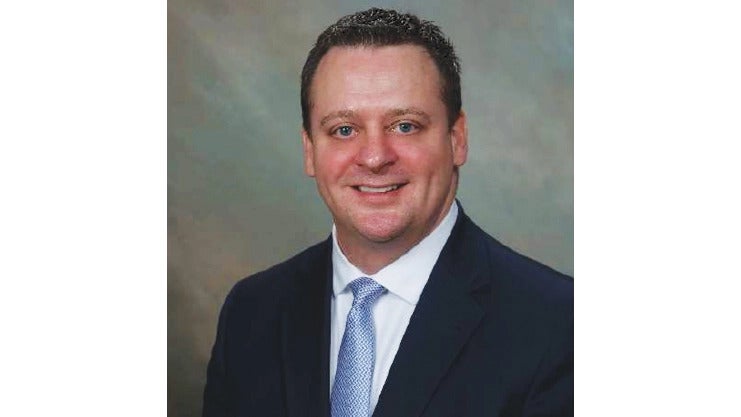Mississippi hospitals received more than $658M in Medicaid funding last month: How much did local hospitals benefit?
Published 2:00 pm Monday, February 5, 2024

- Metro
Gov. Tate Reeves’ Medicaid payment changes distributed more than $658.2 million to hospitals in January, including more than $10.26 million to hospitals in Lincoln and surrounding counties.
The funds are part of Reeves’ alternative to Medicaid expansion, which was announced in November 2023 after he won re-election. Reeves said he had requested changes that would bring in nearly $700 million to state hospitals, based on extra payments hospitals can receive for treating patients on Medicaid.
In January, the Mississippi Hospital Access Program distributed the $658.2 million to 116 hospitals, with hospitals in Lincoln, Franklin, Lawrence and Copiah counties receiving $7.058 million. The bulk of the funds went to King’s Daughters Medical Center in Brookhaven:
• King’s Daughters Medical Center, $8,678,492.04
• Franklin County Memorial Hospital, $297,758
• Lawrence County Hospital, $430,736.26
• Copiah County Medical Center, $852,006.71
Reeves’ plan increases the “bed tax” on Mississippi hospitals; in exchange, the hospitals can draw down more in federal Medicaid payments. The concept was introduced two years ago by hospital and GOP leaders in the Legislature, but failed to gain traction after Reeves’ Medicaid administration said it would not work.
Some hospital leaders have said this money, while needed, leaves unresolved the disproportionally high number of uninsured, working-class Mississippians who earn above the federal poverty level and cannot qualify for Medicaid but also cannot afford insurance. Medicaid expansion will increase the qualifying income threshold to 138 percent of the federal poverty level. For a family of four, that would be an annual income of $43,056.
Proponents of the expansion cite the fact that nearly one in five Mississippians are uninsured, and the state continues to have some of the nation’s worst public health rates, including having the lowest life expectancy in the country.
Click here to see how the $658.2 million was disbursed in January.





